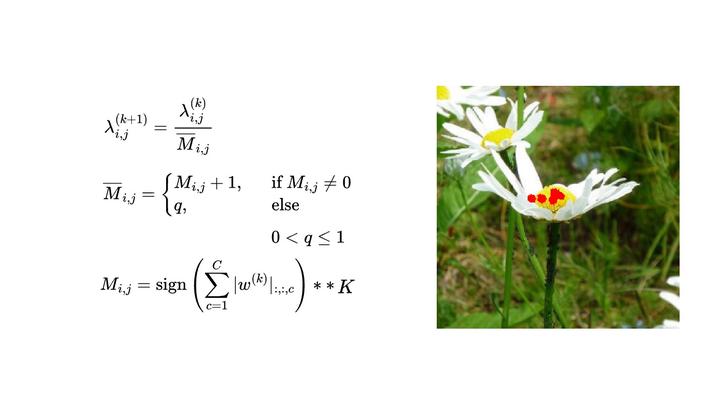 Adversarial examples generated by GSE target crucial group-wise sparse pixels, bridging the gap between human perception and machine interpretation.
Adversarial examples generated by GSE target crucial group-wise sparse pixels, bridging the gap between human perception and machine interpretation.Abstract
Sparse adversarial attacks fool deep neural networks (DNNs) through minimal pixel perturbations, typically regularized by the l_0 norm. Recent efforts have replaced this norm with a structural sparsity regularizer, such as the nuclear group norm, to craft group-wise sparse adversarial attacks. The resulting perturbations are thus explainable and hold significant practical relevance, shedding light on an even greater vulnerability of DNNs than previously anticipated. However, crafting such attacks poses an optimization challenge, as it involves computing norms for groups of pixels within a non-convex objective. In this paper, we tackle this challenge by presenting an algorithm that simultaneously generates group-wise sparse attacks within semantically meaningful areas of an image. In each iteration, the core operation of our algorithm involves the optimization of a quasinorm adversarial loss. This optimization is achieved by employing the 1/2-quasinorm proximal operator for some iterations, a method tailored for nonconvex programming. Subsequently, the algorithm transitions to a projected Nesterov’s accelerated gradient descent with 2-norm regularization applied to perturbation magnitudes. We rigorously evaluate the efficacy of our novel attack in both targeted and non-targeted attack scenarios, on CIFAR-10 and ImageNet datasets. When compared to state-of-the-art methods, our attack consistently results in a remarkable increase in group-wise sparsity, e.g., an increase of 50.9% on CIFAR-10 and 38.4% on ImageNet (average case, targeted attack), all while maintaining lower perturbation magnitudes. Notably, this performance is complemented by a significantly faster computation time and a 100% attack success rate.